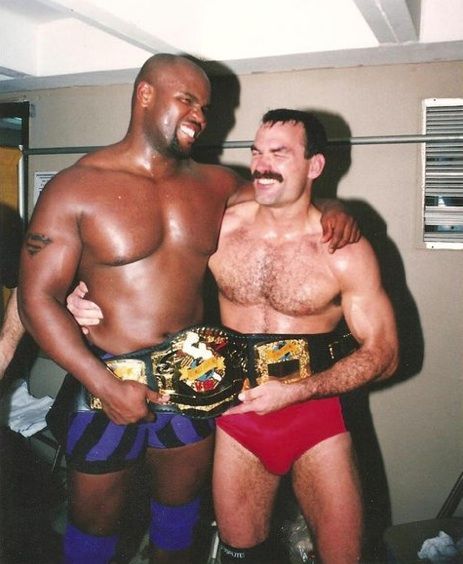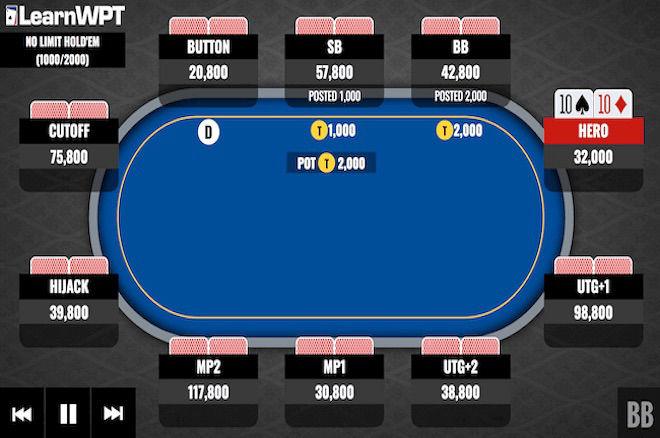10 20 Holdem
- PokerStars Hand #21: Tournament #, Freeroll Hold'em No Limit - Level I (10/20) - 2020/06/06 12:03:47 CT 2020/06/06 13:03:47 ET Table ' 23' 9-max Seat #3 is the.
- Typical tournament blind periods are 10, 15, 20, 30, or 60 minutes. Blinds period should be the same for every blind. The faster the blind period is the faster the tournament ends and the more luck involves. So it’s a good idea to have slightly longer blind periods at your house game. 15 or 20 minute blind periods are good choices.
Spread-limit hold 'em is a form of hold 'em that dictates that all bets and raises are done in increments between the spread of two amounts (hence the name). It blends some of the predictability of Fixed-limit hold 'em with some of the pot-controlling power of No-limit hold 'em. As an individual hand progresses, it plays more and more like fixed-limit, but early on has some of the excitement. Royal Panda reserves the right to change 10 20 Texas Holdem the terms and conditions of its promotions at any time.; In the event of conflicting information, the information described in the terms and conditions for 10 20 Texas Holdem Royal Panda promotions and bonuses shall prevail over any descriptions provided in 10 20 Texas Holdem Royal Panda’s promotions and bonuses explained. Texas Holdem – Top 10% Starting Hands. In Texas Hold’em, there are 169 unique combinations of preflop starting hands you can be dealt. This number is arrived at by grouping holdings into pairs, suited cards and offsuit cards, and considering that preflop specific suits (e.g. Hearts vs diamonds) don’t yet have value.
What are poker blinds ?
Based on the limit of the poker game the player to the left of the dealer’s button (small blind) and the player two to the left of the dealer (big blind) are required to place mandatory bets in the pot before cards are dealt (Small blind has to put half of the big blinds amount). These bets count toward the first round of betting. So if the pot is not raised pre-flop, small blind will only have to put half a bet to call and big blind has the option of raising or just checking.
In a poker tournament, blinds go up gradually. This is to ensure that the tournament finishes on a timely manner. (the higher the blinds get the more players tend to get eliminated).
Blinds usually go up after predetermined periods of time. (for example every 15 or 20 minutes).
Two main factors determine blind structure of the game:
- Starting chip amount
- How long you want the tournament to last.
Poker Blind Structure Tips

- The first big blind should be 1/50 of the starting chip amount. (or the starting chip amount should be 50 times the starting big blind). So if everyone starts with 1000 in chips the first big blind should be 10/20.
- Blind period is the time each blind lasts:
- Typical tournament blind periods are 10, 15, 20, 30, or 60 minutes.
- Blinds period should be the same for every blind.

- The faster the blind period is the faster the tournament ends and the more luck involves. So it’s a good idea to have slightly longer blind periods at your house game. 15 or 20 minute blind periods are good choices. Blinds in online websites tend to go up faster. This is because online poker action is much faster than live poker.
- Blinds typically double after each round. If the first big blind is 10/20, the next one should be 20/40.
Calculate Blind Structure
Follow these simple steps to create blind structure that best fits your game:
- Decide your starting chip amount.
- Divide it by 50. This should be your first big blind.
- Make your final big blind (when the tournament should finish) equal to your starting chip amount.
- Arrange the middle level blinds so that they gradually increase from your first big blind to the last one. It is best to keep the first couple blind periods low.
- Add the period (times) together. If it seems too long takes couple levels off the chart, and if it seems short add couple level to the chart.
Sample Tournament Blind Structure Chart

Following is a chart of recommended blind structures based on different starting chip stacks :
| Blind Period | Chip Stack | |||
| 100 | 1000 | 2500 | 5000 | |
| 1 | 1/2 | 10/20 | 25/50 | 50/100 |
| 2 | 2/4 | 20/40 | 50/100 | 100/200 |
| 3 | 3/6 | 30/60 | 75/150 | 150/300 |
| 4 | 5/10 | 50/100 | 100/200 | 200/400 |
| 5 | 10/20 | 75/150 | 200/400 | 300/600 |
| 6 | 15/30 | 100/200 | 300/600 | 500/1000 |
| 7 | 25/50 | 150/300 | 500/1000 | 750/1500 |
| 8 | 50/100 | 200/400 | 750/1500 | 1000/2000 |
| 9 | 75/150 | 300/600 | 1000/2000 | 1500/3000 |
| 10 | 100/200 | 400/800 | 1500/3000 | 2000/4000 |
| 11 | 150/300 | 500/1000 | 2000/4000 | 3000/6000 |
| 12 | 200/400 | 1000/2000 | 2500/5000 | 5000/10000 |
$10/$20 Limit Hold’em Strategy with CardRunners is presented exclusively in this video, made by instructor Bryce Paradis. Here’s the video’s official teaser on the site:
Replayer: LHE Bryce Released 09.29.2010
Seriously – The Bryce needs his own radio show – he’s just so darn entertaining to listen to. This week, he collaborates with Nick Abourisk to replay $10/$20 LHE hands, discuss opponents ranges, when to cap, and how to react to ranges.
Here is some of the discussion from the video’s thread on CardRunners from instructor Bryce “The Bryce” Paradis:
1020 Olde Towne Ln Woodstock Ga 30189

10/20 Hold'em
In 6-max the biggest ‘normal’ things I try and pay attention to are what hands people peel with on different board textures, people’s 3-betting range, and how often people barrel off a bluff against a c/c c/c c/? line.